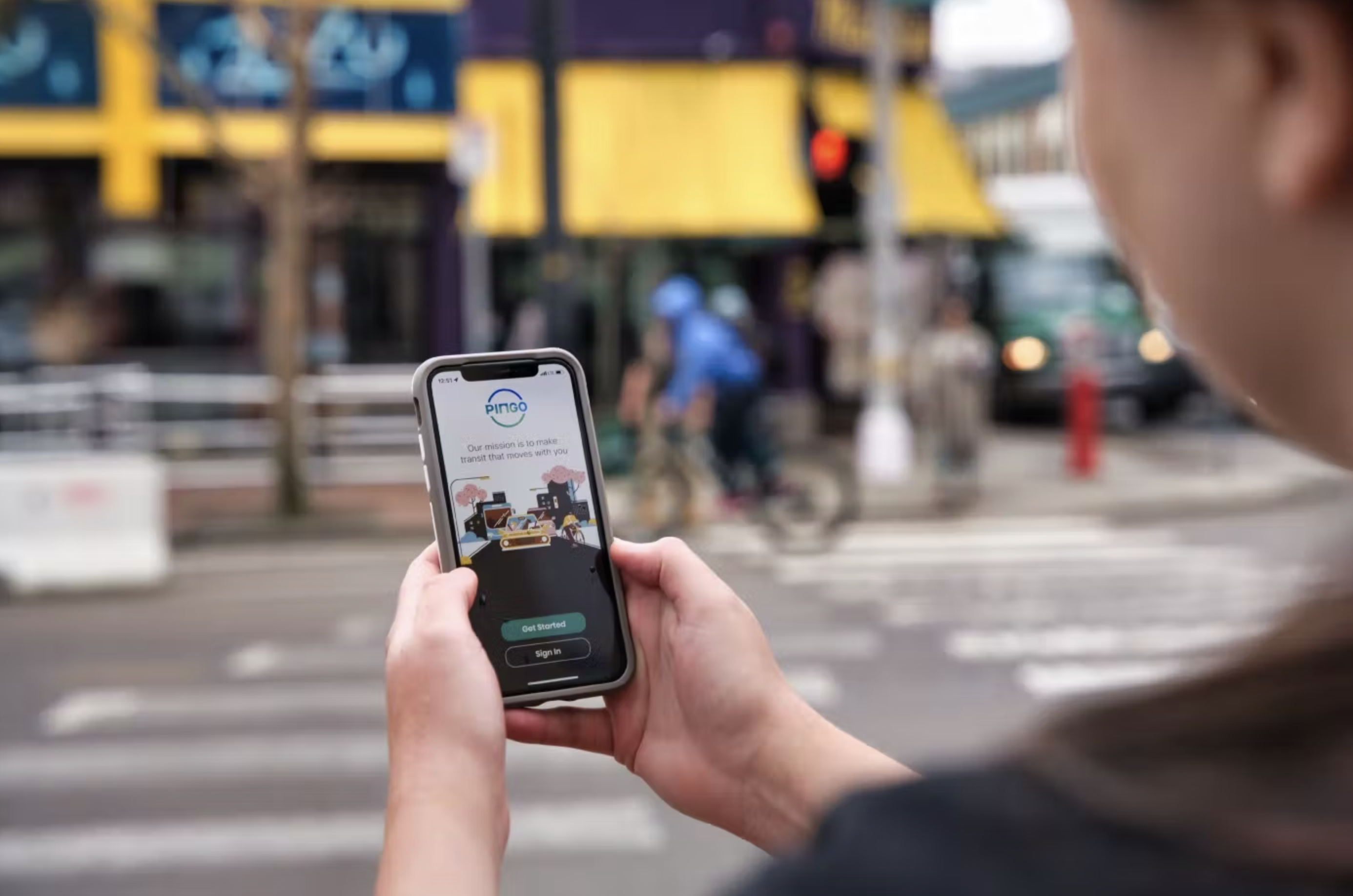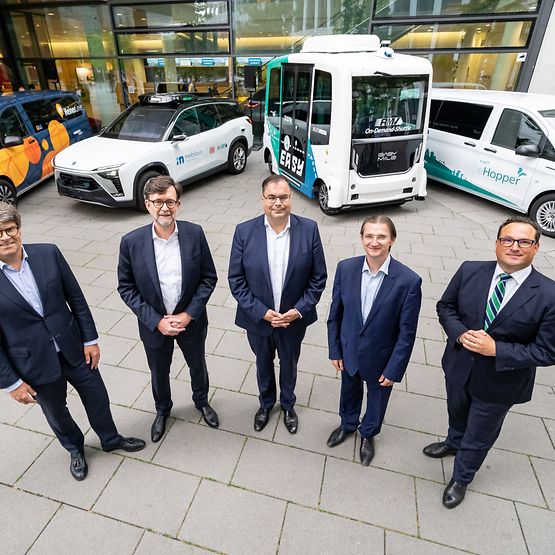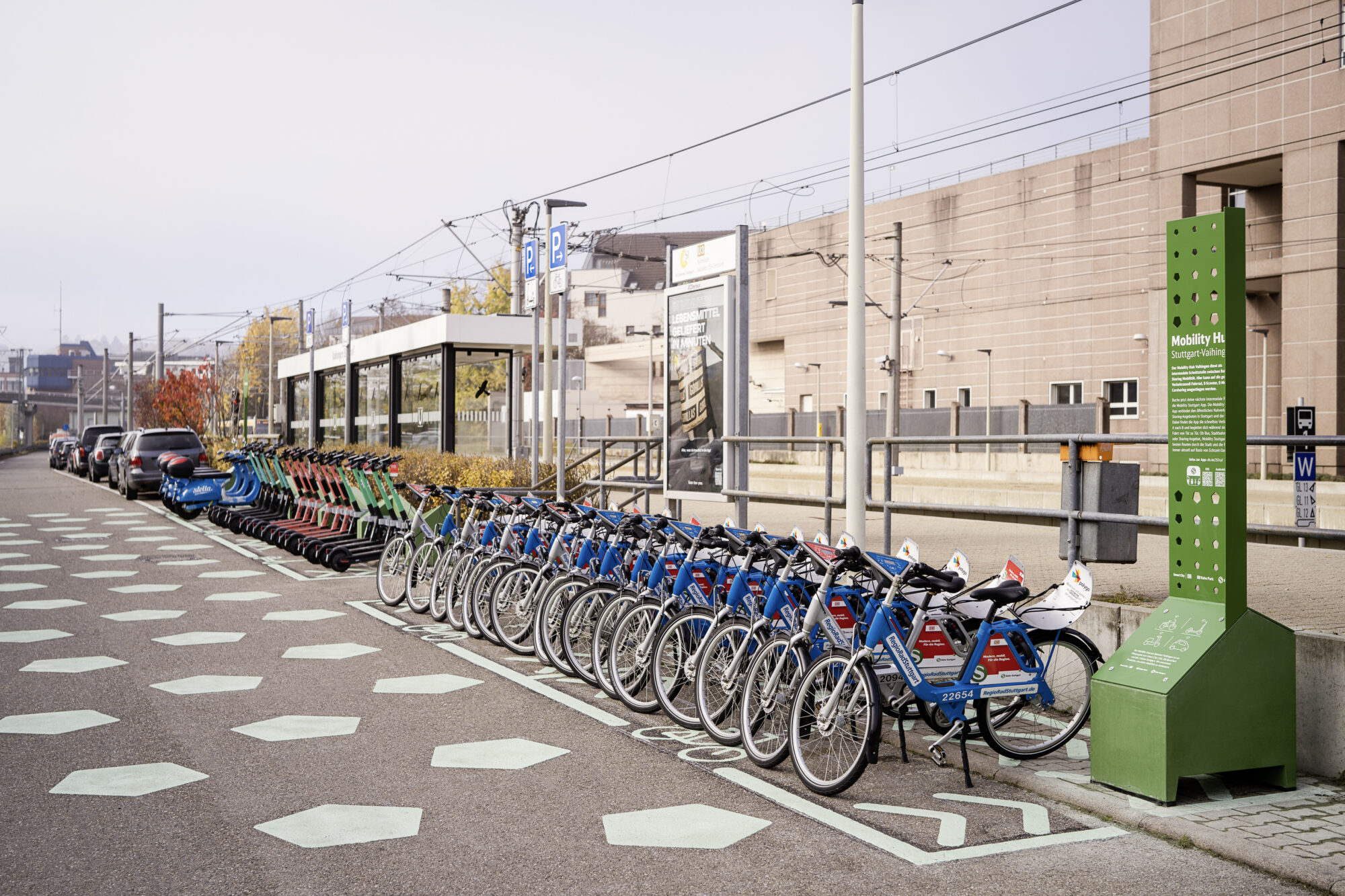The time is now for smaller, more agile vehicles that respond in real time to where the demand is.
Picking passengers up from where they are and dropping them off where they need to go… makes sense, right?
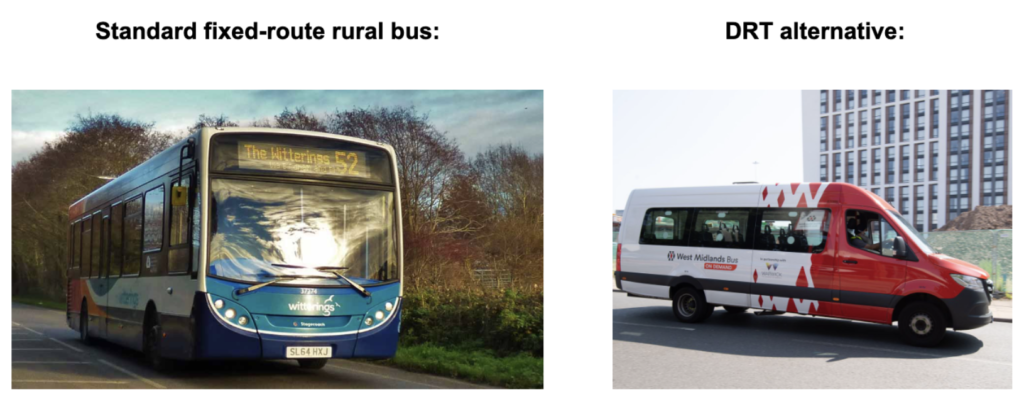
Benefits of Flexible Supply for Multi-Region DRT Services
Drt for Sparsely Populated Areas:
The UK is among many nations beginning to see the value in Demand Responsive Transport (DRT) for rural and semi-rural areas. Soon, we hope, it will be a distant memory seeing fixed-route buses bombing around on tiny country roads with absolutely no-one onboard. It is well recognised that fixed-route buses are incredibly efficient in areas of higher population density, but hugely inefficient in sparsely populated areas with inhabitants dispersed over a large geographical area. If we use DRT to cover these sparsely populated areas and concentrate fixed-route resources for densely populated areas, then the best of both worlds happens – The DRT service can provide more efficient transport cover for a larger geographical area which actually acts as a feeder service into the fixed-route lines – increasing ridership for fixed-route buses and the wider transport network. Fundamentally, improving transport for isolated communities, equals more employment and training opportunities for those in these often overlooked communities.
The time is now for smaller, more agile vehicles that respond in real time to where the demand. Picking passengers up from where they are and dropping them off where they need to go… makes sense, right?
DRT is a relatively new concept and is still in the trial phases across many countries (including the UK). However, in many instances, DRT is being implemented incorrectly. Many operators are approaching DRT with a static vehicle supply mindset, which has worked well for fixed-route bus services in the past. However, when it comes to DRT, this is incredibly inefficient and ultimately wasteful of taxpayers’ money. DRT is inherently demand-responsive, and therefore the service vehicle supply must be able to quickly react to peaks and troughs in demand to operate an efficient service for the local authority with minimal vehicles sitting idle, and a maximum quality of service for the riders, with all rides fulfilled on time.
The WeDRT Solution:
WeDRT’s solution for the operation of DRT services is unique in this space. Our model is built around overcoming two key challenges that all DRT services face: Oversupply and undersupply – please see the graphs below.
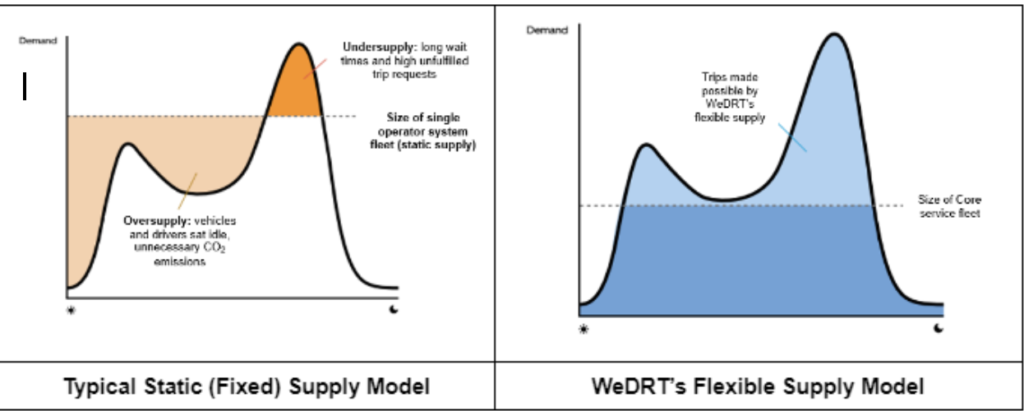
A standard single-operator approach to a DRT service would see static supply across the course of the entire lifespan of the service, with little or no evaluation of the demand for the service. This approach can often lead to an oversupply of vehicles typically characterised by vehicles sitting idle on the road without passengers, waiting for demand. Or, undersupply of vehicles, which is typically characterised by the inability of passengers to book rides and therefore having to go back to alternative transport – usually single-occupancy car – and losing faith in the service.
WeDRT is different. We break the supply of vehicles down into two groups: Core and Flex. The Core operators in our service act as the backbone of the offering. Our Core vehicles are on long-term contracts providing the majority of the service. We constantly analyse the demand for the service, and we supply the right number of vehicles to meet the average demand for the service. When demand peaks above this capacity, we dispatch our Flex fleet of operators. This is the most efficient way to approach a DRT service and is made possible through WeDRT’s in-house operations tech. Our tech allows for both, a truly efficient and scalable DRT service.
Why Is Flexible Supply Ideal for a Multi-Region DRT Offering
The flexible supply model for a DRT service is the most efficient approach. However, when local authorities aspire to launch multiple services within a relatively close proximity of each other, then the benefits of flexible supply are only exaggerated. Through WeDRT’s unique tech, local authorities can tap into spare capacity of vehicle operators across the various regions. WeDRT works with national bus operators, local private hire operators, taxi operators, non-emergency patient transport operators, etc. Our vast network allows for agility when reacting to demand within a DRT service. Vehicles within the Flex fleet can be registered on multiple DRT zones, therefore, if demand has dropped in one zone but is peaking in another, vehicles can be transferred and deployed to where the demand is. WeDRT’s in-house tech allows local authorities to mitigate risk by not putting ‘all the eggs in one basket’ with a single operator, and also promotes inclusive growth through a distribution of the economic benefits from any DRT contract among a wide range of operators.
This article was originally published by WeDRT.


